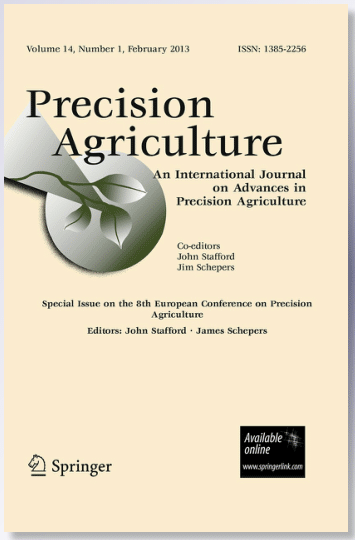Chickpea (Cicer arietinum L.) is a major grain legume grown worldwide as a staple protein source. Traditionally, it is a rain-fed crop, but supplemental irrigation can increase yields and counteract the challenges posed by the changing climate worldwide. A fast and non-destructive plant water status assessment method may streamline irrigation management. The main objective of this study was to remotely assess the leaf water potential (LWP) and leaf area index (LAI) of field-grown chickpea. Five irrigation treatments were applied in two farm experiments and two commercial fields. Ground hyperspectral canopy reflectance and Vegetation and Environment monitoring on a New Micro-Satellite (VENµS) images acquired throughout the study. In parallel, LWP and LAI measurements were captured in the field. Vegetation indices (VIs) and machine learning (ML) based on all spectral bands were used to calibrate and validate spectral estimation models. The normalized difference spectral index (NDSI) that used bands on 1600 and 1730 nm (NDSI(1600,1730)) selected in the current study yielded the LWP lowest estimation error on independent validation (RMSE = 0.19 [MPa]) using linear regression. VENµS based VIs resulted in relatively lower LWP estimation accuracy (RMSE = 0.23–0.29 [MPa]) compared to VIs calculated from ground hyperspectral data (RMSE = 0.19–0.21 [MPa]). Artificial neural network (ANN) models for LWP from ground and space spectral data showed similar performances (RMSE = 0.15–0.17 [MPa]), and were both more accurate than VIs. LWP response to the irrigation treatments was faster than the LAI response and was captured by the NDSI(1600,1730). The low correlation found between LWP and LAI (r = 0.08–0.44) supports the conclusion that spectral reflectance of chickpea canopy can be used to estimate LWP per se and is only partially affected by morphological changes induced by irrigation treatments and canopy development. The ability to rapidly estimate chickpea LWP may improve irrigation scheduling in the future.


